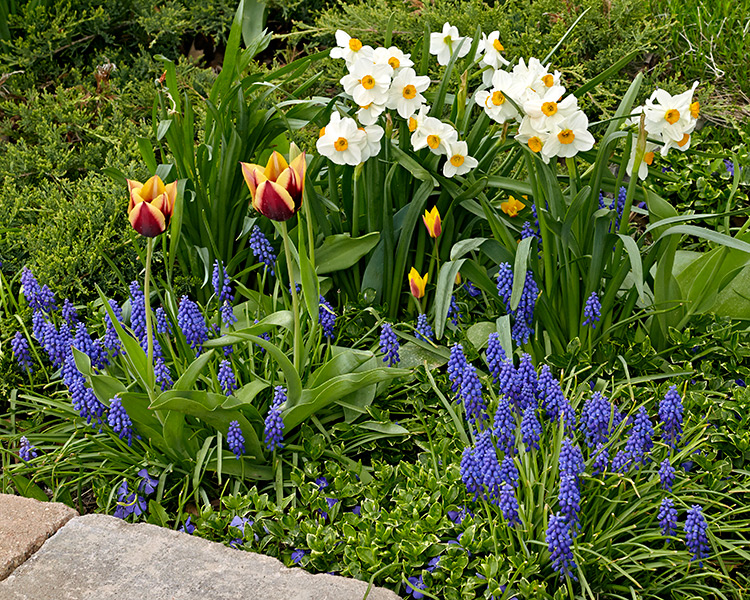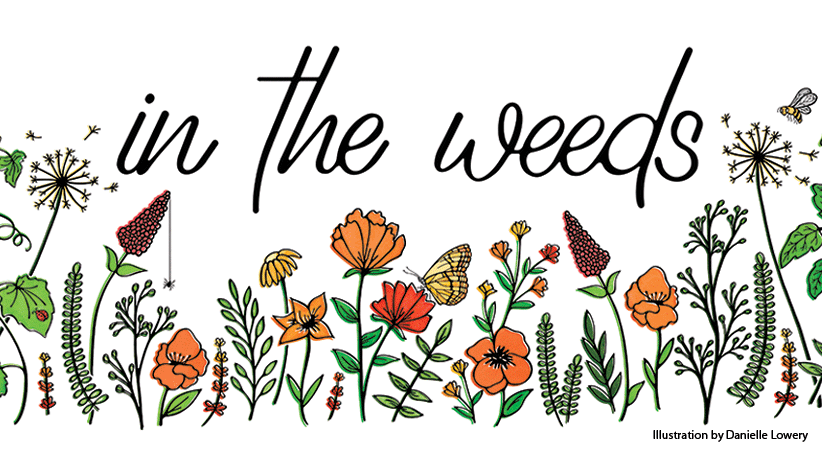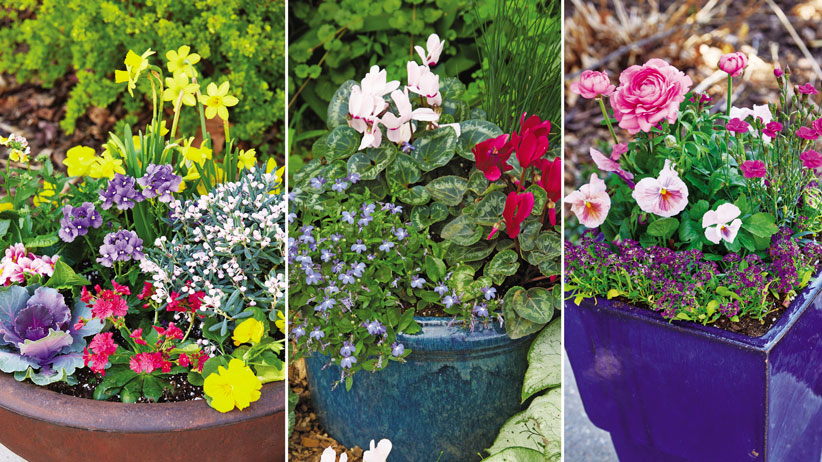
Greet spring with flowering bulbs
"You can never have too much of a good thing” is definitely true with spring-flowering bulbs. The more the better! From the well-known tulips and daffodils to the less familiar Spanish bluebells and glory-of-the-snow, spring-flowering bulbs bring color to the awakening spring world at a time when we need it most.
Most of these spring-flowering bulbs bloom for several weeks, but there’s no hard-and-fast time frame for them. In cool weather they may bloom longer, and if the spring days turn hot, they finish in a shorter time. So with that in mind, I’ve put together a list of bulbs that will keep your garden colorful for a couple of months. The first one blooms as the cold temperatures are leaving and the last one will finish as summer arrives.
How long will the bulbs last?
All of these spring-flowering bulbs should last for many years, though tulips tend to decline after several seasons. Most, like the striped squill, multiply and spread without being lifted, so it pays to feed them. To start, use a bulb food as you plant. It should have a higher second or third number (phosphorous and potash) to promote flowers. A 3-5-3, 10-15-10 or 10-10-20 analysis is good. Read the label to find out how much you’ll need to apply.
You Might Also Like:
How to Enjoy Tulips Longer in Spring
6 Ways to Create a Beautiful Spring Garden
Easy Spring Container Ideas
Companion Plants for Spring Bulbs
Feed your spring-flowering bulbs
There are two ways to tackle feeding established bulbs: Granular foods or liquid. Spread granular bulb fertilizer around the area as soon as you see the bulbs coming up in the spring. That way it’ll have time to work its way into the soil in time for the summer roots to take it up. To give your spring-flowering bulbs a faster boost, use a liquid fertilizer with a similar analysis. Mix it with water according to package directions and use a watering can to sprinkle it over the foliage as the flowers fade. That’s the time the bulb is storing food for next year’s flowers. One or two applications before the foliage withers is usually enough.
You Might Like These Bulb Planting Tools:
Pro-Plugger Bulb Planter
Power Planter Bulb Auger
RotoShovel
Meet our favorite spring-flowering bulbs
You might be familiar with some of our selections below while others may be new to you. Let’s look at Garden Gate’s top picks for best spring-flowering bulbs — I bet you’ll find at least a few perfect candidates for your garden.




























